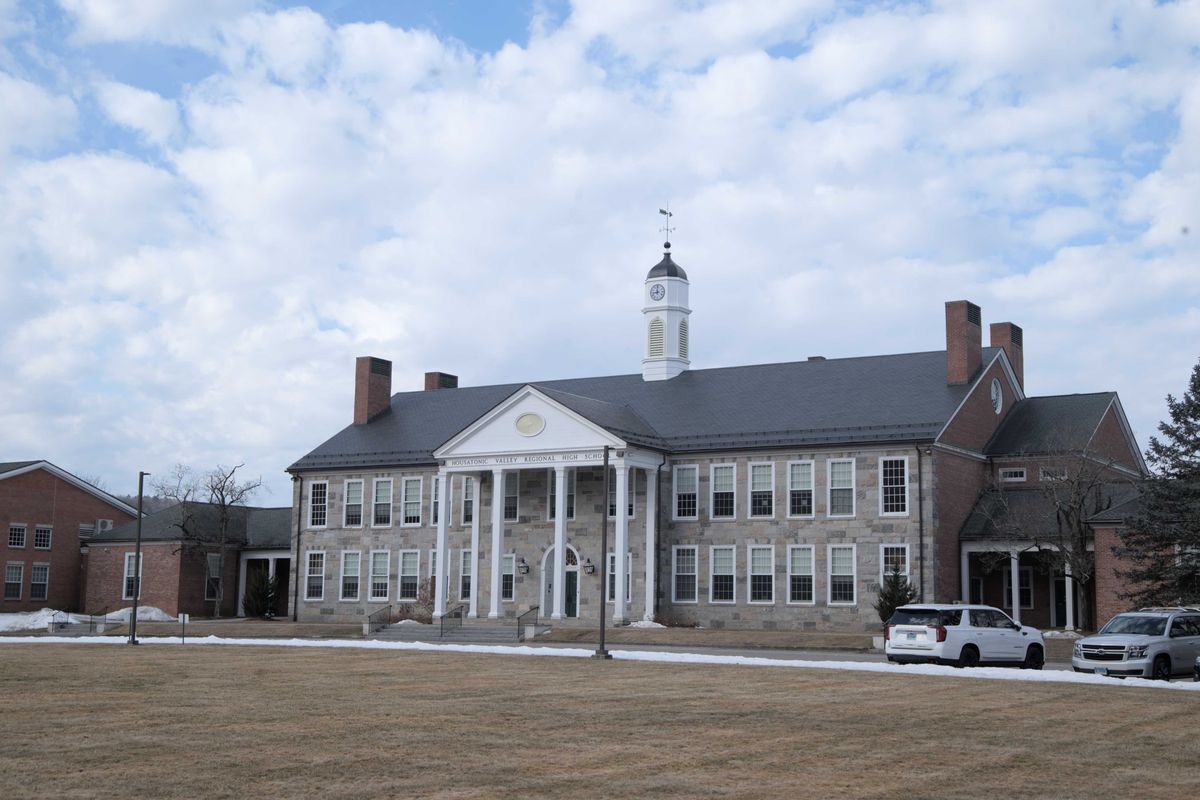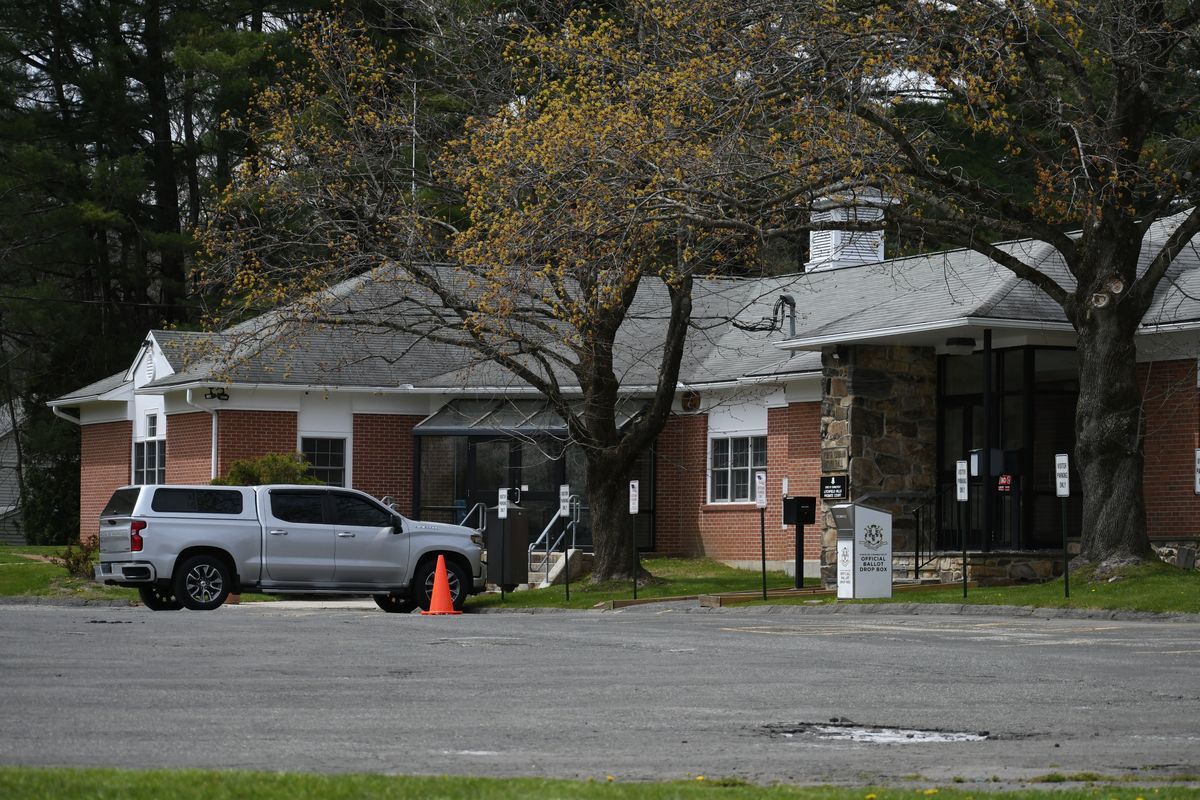Schaghticoke tribe continues struggle for federal recognition

At the David M. Hunt Library Nov. 16, Darlene Kascak, member of the Schaghticoke tribe, recounted the traditions of her ancestors and explained the timeline of decades-long effort to attain tribal nation status.
Patrick L. Sullivan

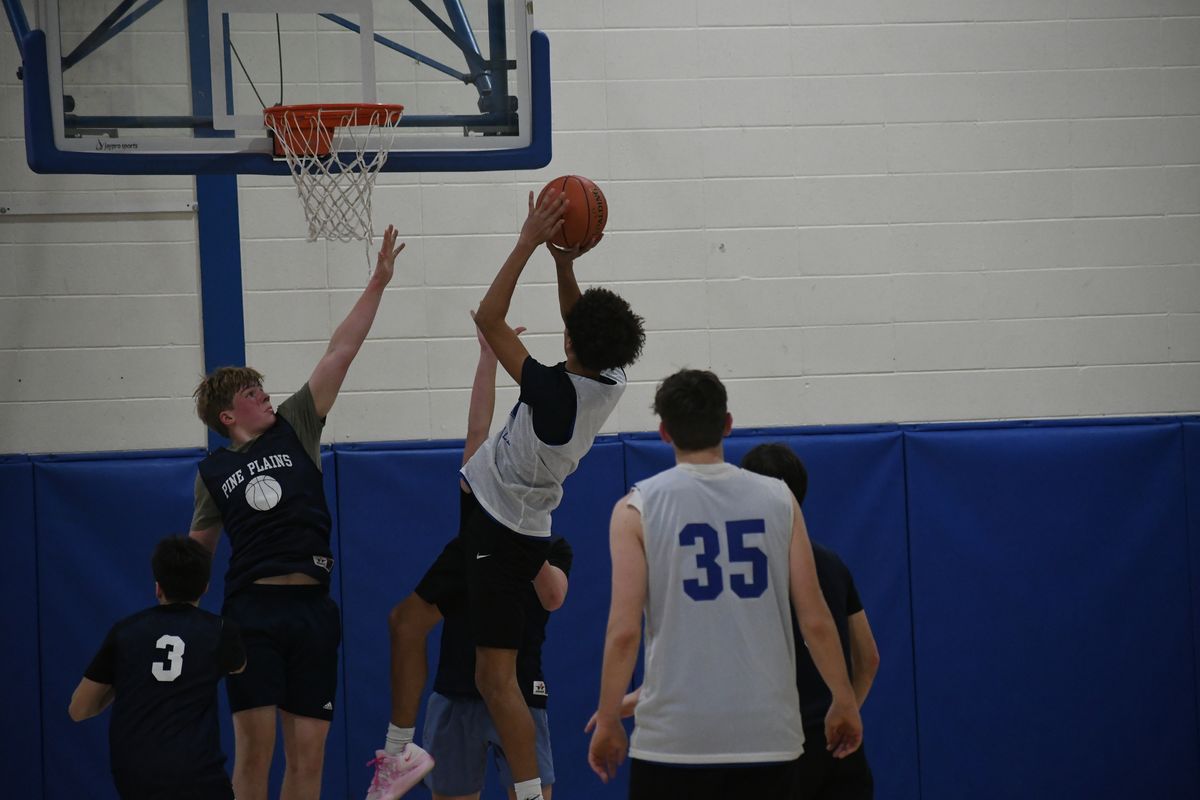
 Nick Crodelle dribbles the ball up the court during the game.
Nick Crodelle dribbles the ball up the court during the game.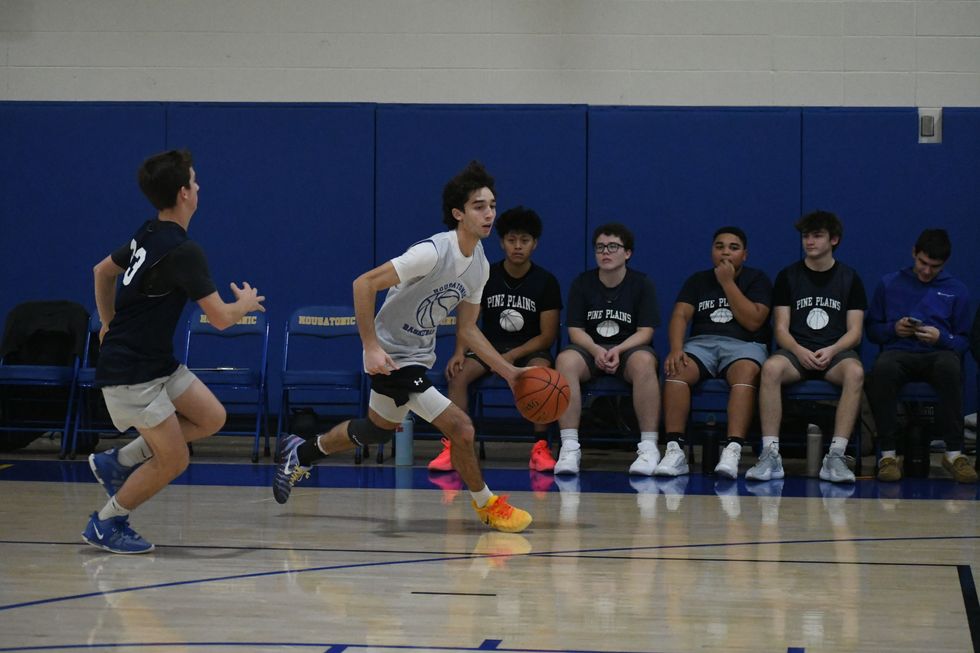 Anthony Labbadia
Anthony Labbadia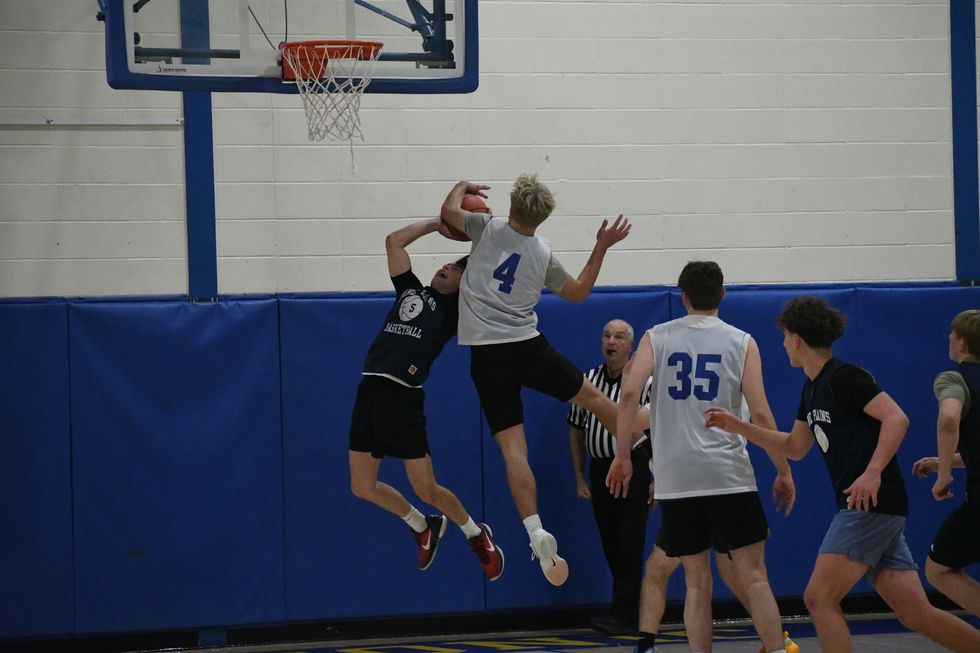 Owen Riemer block By Riley Klein
Owen Riemer block By Riley Klein 
